The new collaboration between the researchers of the DisComPoSE project and those of the VeLoci project – Vesuvian Lost Cities before the Discovery: Sources, Experiences, Imagery in the Early Modern Period – began on June 14th 2024, in an evocative location: the crater of Mount Vesuvius. “The Mountain” that dominates the bay of Naples is at the centre of both projects: the studies of the representation, perception, and communication of eruptive events undertaken by the DisComPoSE group; and the analysis of the sources and remains of the cities buried by the eruption of Vesuvius in 79 AD examined by the VeLoci group.
This project, led by Giulia Ceriani Sebregondi from the University of Campania “Luigi Vanvitelli,” investigates the process of knowledge of the territory initiated before the official archaeological campaigns of the early eighteenth century. This aims at exploring the symbolic and material dimensions of living with ruins, and experimenting to reconstruct the identity of a lost landscape with an innovative research methodology.
Despite the substantial diversity of the two research lines, they share numerous common interests. For instance, while VeLoci reflects on the experience of discovering traces of eruptive events in the urban landscape, DisComPoSE analyses human reactions to such phenomena in both the short and long term; while VeLoci focuses on the methodology used to study the ruins of buildings destroyed by past disasters, DisComPoSE investigates the reception and dissemination of catastrophic news from both the recent and distant past.
Furthermore, as VeLoci aims to engage with an established bibliography in the fields of the history of science, archaeology, restoration, and, more recently, disaster epistemology, a multidisciplinary approach is one of the innovative factors that unifies both research projects.
The scientific exchange and the sharing of best practices between the two teams will aim to contribute to the dissemination of a comprehensive history that will enrich scientific knowledge and lay new foundations for strategies to understand catastrophic phenomena and to conserve, protect, and manage the cultural heritage.
The collaboration will also benefit from the synergy with the research conducted within the Historia y Clima project, coordinated by Armando Alberola Romà from the University of Alicante, which focuses on natural disasters, scientific interpretations, technical remedies, political interventions, and popular religiosity in eighteenth century Mediterranean Spain.
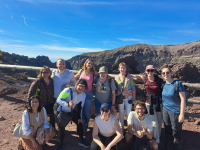
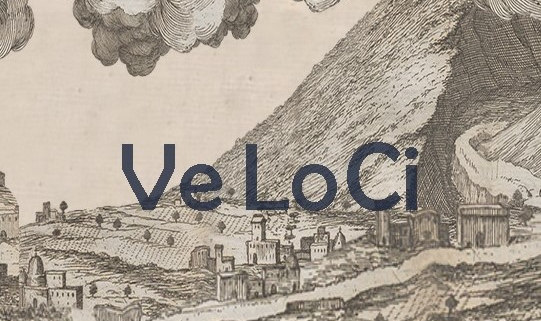
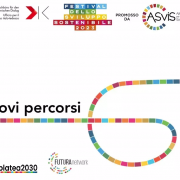
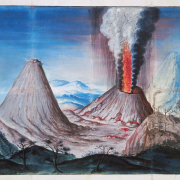
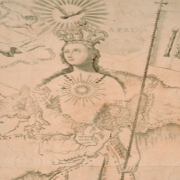
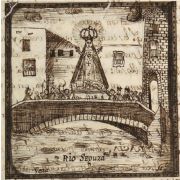
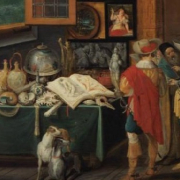
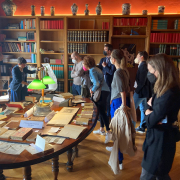





Leave a Reply
Want to join the discussion?Feel free to contribute!